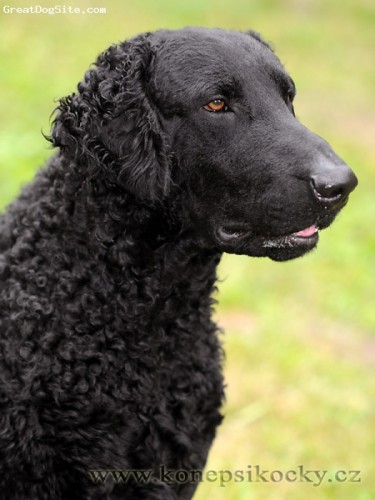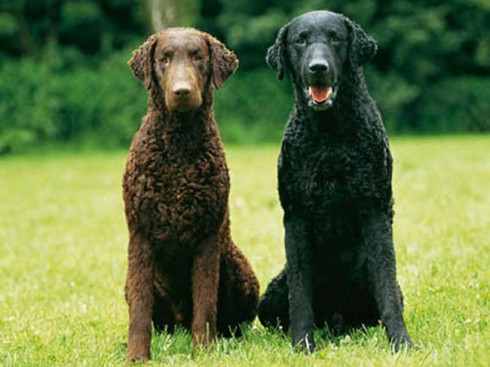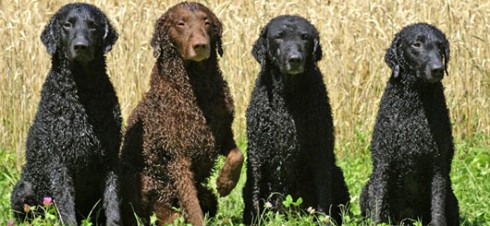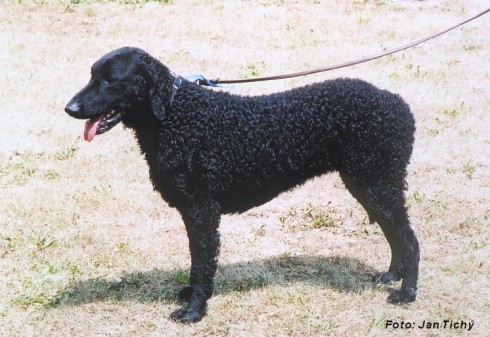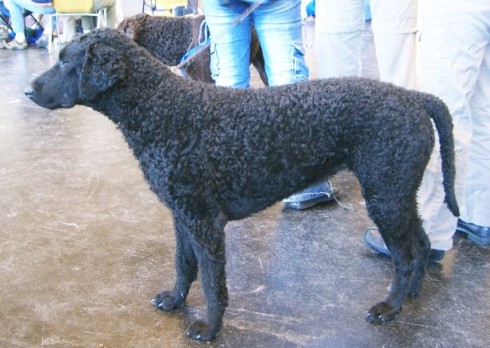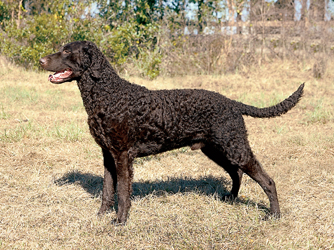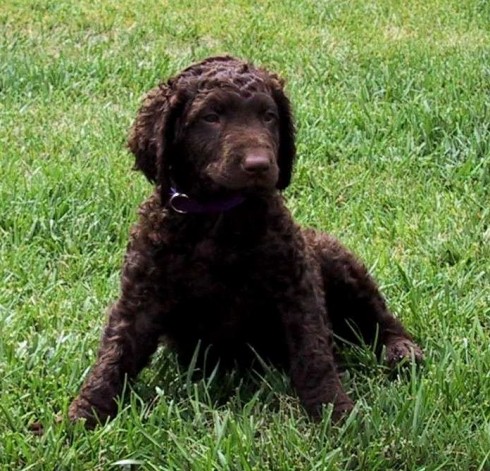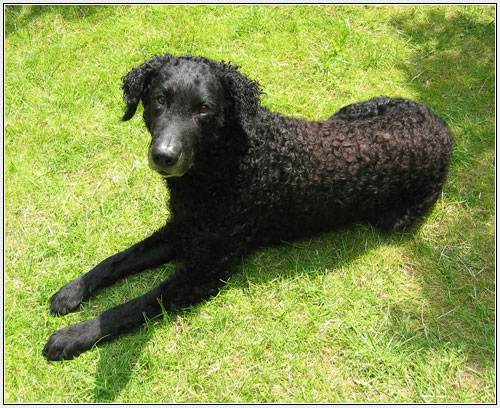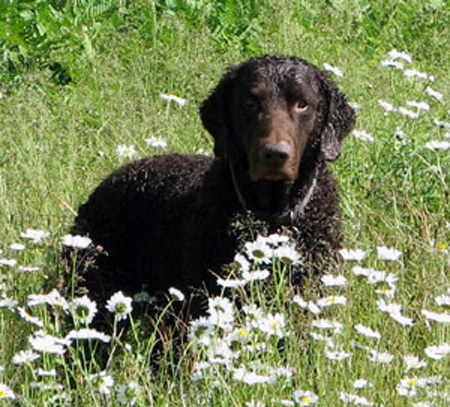Main Index
In Store
Our Web Store
Miniature Schnauzer Picture Gallery
Latest Dog Blogs
- What Are The Basic Commands To Train A Dog?
- PaySafe As The Most Popular Type Of Deposit
- Everything You Need To Know About Pet Sales
- Dogs Contribute To Our Physical And Mental Well Being
- How To Choose Where To Bet On Greyhounds In 2022
- Volunteer With Animals - How To Help Dogs Around The World
- Basic Understanding Of The House Edge
- Why You Should Get A Dog
- Top 20 Popular Dog Names Around The World
- Constipation in Dogs and How to Find Solutions
Curly Coated Retriever
Curly Coated Retriever Picture Gallery
Curly Coated Retriever Breeders
Curly Coated Retriever Clubs/Associations
The Full Curly Coated Retriever Description
The Curly-Coated Retriever, probably one of the oldest retriever breeds, is not simply a Labrador with curly hair. He is a distinct breed with his own personality--sensitive, intelligent, curious, and family-loving. Like all retrievers, he loves his daily exercise, especially running and swimming. The Curly behaves like an energetic puppy and may settle down as late as four years of age, though he's a puppy at heart forever.
Did you know?
The Curly-Coated Retriever is one of the oldest breeds classified as retrievers.
The breed is believed to have been descended from the 16th century English Water Spaniel, Retrieving Setter and possibly the Irish Water Spaniel.
The first breed club for the Curly-Coated Retriever was formed in England in 1896.
So you want to own a Curly-Coated Retriever?
The Curly-Coated Retriever has an easy to care for coat. It's curls stay in place with little to no attention.
The Curly-Coated Retriever's curious nature may lead him to many amusing escapades that call for an owner with a sense of humour.
The Curly-Coated Retriever learns rapidly and performs willingly almost any task.
Indicative Breed Standard
General Appearance
Strong, upstanding dog with a degree of elegance. Distinctive coat.
Characteristics
Intelligent, steady, reliable.
Temperament
Bold, friendly self confident and independent. May seem aloof.
Head and Skull
Head wedge-shaped in both side and front profiles. In proportion to body size. Slight stop. Foreface and skull equal length. Planes of skull and muzzle parallel. Nose black in blacks and brown in livers.
Eyes
Large, not prominent, oval-shaped, obliquely set. Dark brown in blacks, in livers brown tone to blend with coat colour.
Ears
Rather small, set slightly above level of eye; lying close to head, covered with small curls.
Mouth
Jaws strong, with perfect, regular and complete scissor bite, i.e. upper teeth closely overlapping lower teeth and set square to the jaws.
Neck
Strong and slightly arched, of medium length, free from throatiness and flowing freely into well laid back shoulders.
Forequarters
Shoulders well laid back and muscular. Upper arm and shoulder blade approximately equal length. Forelegs straight with strong pasterns and set well under body.
Body
Chest deep with well sprung ribs, oval in cross section with brisket reaching elbow. Forechest visible. Ribs extend well back into short, deep and powerful loin. Slight tuck up to flank. Topline strong and level. The dog should be slightly longer in body measured from point of shoulder to point of buttock than in height from withers to ground.
Hindquarters
Strong, muscular. Moderate turn of stifle. Hocks well let down and well bent.
Feet
Round, tight with well-arched toes.
Tail
Flows from topline. Should reach approximately to hock; carried straight on a level with topline when moving.
Gait/Movement
Effortless, powerful gait with good extension and drive. Parallel movement. At speed, legs tend to converge.
Coat
Body coat a thick mass of small tight, crisp curls lying close to skin, extending from occiput to tip of tail; without undercoat or bare patches. Elsewhere hair smooth.
Colour
Black or liver.
Size
Ideal height at withers: dogs: 69 cms (27 ins); bitches: 64 cms (25 ins).
About Our Article Directory
- Article
- 27 November 2010
- 2 comments
Canis lupus familiaris
- Breed Article
- 29 May 2010
- No comments
Quick Search
Donate
Latest Dog Pods
- Tips on How to Stop Your Dog from Biting
- Beware - Not All Advertised Dog Rescues Really Are! How Can You Know The Truth?
- Helpful Tips For Dog Obedience Problems
- How to Keep Dogs From Eating Poop
- Dog Grooming Tips - A General Overview of the Very Basics of Dog Grooming
- Recognising Different Types of Dog Obedience Problems
- 5 Important Tips On Feeding A Puppy


